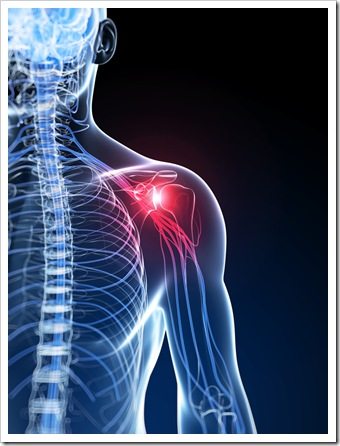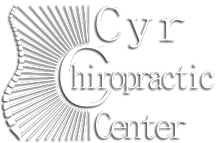
Have you been diagnosed with Rotator Cuff Syndrome? If you have, you may feel the pain of not only in the shoulder but the limitations it has put on your life, whether and work or trying to enjoy a game of golf or tennis.
To better help you understand our recommendation for this injury, let us first look at the importance of the rotator cuff.
The Importance Of The Rotator Cuff
The rotator cuff is the most important group of muscles giving the shoulder support and stability. This structural support allows the shoulder joint to move and turn through a wide range of motions and allows us to perform an amazing variety of tasks with our arms. Due to this mobility, rotator cuff injuries are prevalent as the mobility will come at the expense of shoulder stability. A small injury can happen in one of the tendons/muscles, but this can very easily progress to other muscle areas becoming irritated due to compensation patterns.
Although the human body can be mechanically an incredible machine when a problem occurs it may start off as a simple problem, but can often lead to a more complex issue where the original injury site is not so evident and can make many routine activities difficult and painful.
Rotator Cuff Syndrome: What Does It Mean?
Rotator cuff syndrome is a broad term used to describe injuries and damage to the rotator cuff. There is a spectrum of injuries that can occur. Common injuries include partial tears in the muscles and tendons, which can result from acute injury or wear and tear over the long term. Many times repetitive motion that puts stress on the rotator cuff is the chief culprit for this type of injury.
Common symptoms of a rotator cuff injury may include the inability to lift the arm at the shoulder out to the side, pain putting a coat on or pain when lying down on that side of the body. Some people also may experience pain radiating down the arm towards the elbow or even down into their hands.
Best Recommendations for Rotator Cuff Syndrome
In order to effectively treat rotator cuff syndrome, it is important to address the underlying causes of it.
Because the rotator cuff is comprised of four different muscles, rotator cuff syndrome can describe one of the several distinct problems. Causality is also a factor. The symptom of pain may be the result of overuse or injury of one or more of the muscles in the rotator cuff; therefore, developing a treatment plan individualized to the particular cause of the pain is crucial. A medical specialist, such as a chiropractor, will result in the highest quality of care as the cause will be more individually identified, and more readily resolved.
Massage therapy, physical rehabilitation and soft tissue treatments such as ART and Graston work are often used in conjunction to reduce the incidence and symptoms of inflammation. Kinesio tape can also be advantageous as well by helping correct and maintain proper shoulder positioning throughout the day by stimulating proprioception, increasing your body’s positional awareness.
The most beneficial treatment process delivers the best results when a Chiropractic physician also provides detailed rehabilitative programs targeted to preserve and build muscle strength during the healing process. The combination will help to provide not only pain relief but the highest restoration of range of motion.
Join Our Team!
Ready to get back into full swing and enjoy fun activities this summer? Call today as we understand those shoulder injuries do not need to be athletically related and can happen at any age.
Our team is standing by to help you get back on the team of better health!

